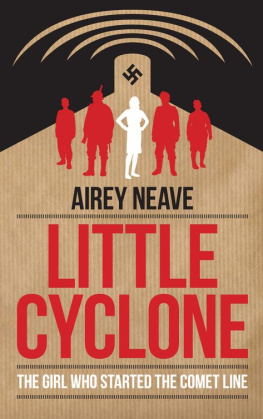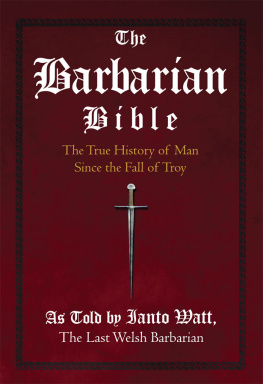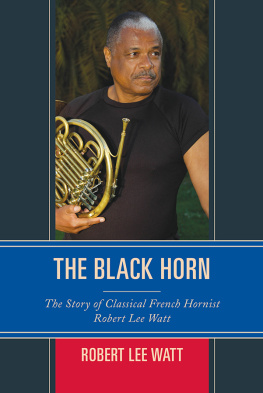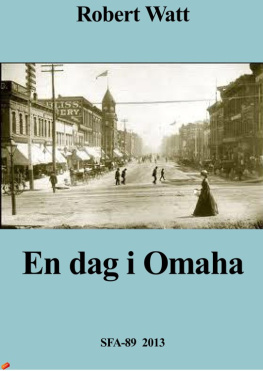George Watt - The Comet Connection: Escape from Hitlers Europe
Here you can read online George Watt - The Comet Connection: Escape from Hitlers Europe full text of the book (entire story) in english for free. Download pdf and epub, get meaning, cover and reviews about this ebook. year: 2015, publisher: University Press of Kentucky, genre: Home and family. Description of the work, (preface) as well as reviews are available. Best literature library LitArk.com created for fans of good reading and offers a wide selection of genres:
Romance novel
Science fiction
Adventure
Detective
Science
History
Home and family
Prose
Art
Politics
Computer
Non-fiction
Religion
Business
Children
Humor
Choose a favorite category and find really read worthwhile books. Enjoy immersion in the world of imagination, feel the emotions of the characters or learn something new for yourself, make an fascinating discovery.

- Book:The Comet Connection: Escape from Hitlers Europe
- Author:
- Publisher:University Press of Kentucky
- Genre:
- Year:2015
- Rating:3 / 5
- Favourites:Add to favourites
- Your mark:
The Comet Connection: Escape from Hitlers Europe: summary, description and annotation
We offer to read an annotation, description, summary or preface (depends on what the author of the book "The Comet Connection: Escape from Hitlers Europe" wrote himself). If you haven't found the necessary information about the book — write in the comments, we will try to find it.
In November 1943, George Watt, Flying Fortress gunner, parachuted out of his burning bomber and landed in a village in Nazi-occupied Belgium. The villagers risked their lives to hide him in the field, sneaking him past the German patrols, and bringing him safely to Brussels, where he connected with the Comet Line, the rescue arm of the Belgian resistance.
While hiding in sale houses in Brussels, Watt had a ringside view of bold acts of defiance by Belgian patriots against the German occupation. From Brussels he traveled by rail past Gestapo control to Bordeaux, rode a bicycle through southern France, and was led by Basque guides along ancient smugglers trails over the Pyrenees into Spain.
Six years earlier. Watt had climbed those same Pyrenees to join the Abraham Lincoln Brigade in the Spanish Civil War against General Franco. Watts experience in that prelude to World War II adds insight and drama to the story of his escape from Fortress Luropa, his fears of capture heightened by his having been a Lincoln Brigader as well as a Jew.
Forty years after the war Watt returned to Belgium to find that the story of George Watt had become a legend in the villages of Zele and Flamme, passed on to second and third generations. And in Brussels he heard with grief of the tragic fates of several of the underground comrades who had helped.
Whether writing about the war in the skies or the war within the war (the resistance movement) or recalling the earlier fighting in Spain, Watts style is uncompromising and direct. The writing is tilled with suspense and humor, illumined by love and appreciation for its participants. This gripping story of compassion and commitment can be enjoyed for its high adventure alone. For the young, and for students of history, it is also a valuable contribution to understanding the two great antifascist struggles of our century.
George Watt: author's other books
Who wrote The Comet Connection: Escape from Hitlers Europe? Find out the surname, the name of the author of the book and a list of all author's works by series.












